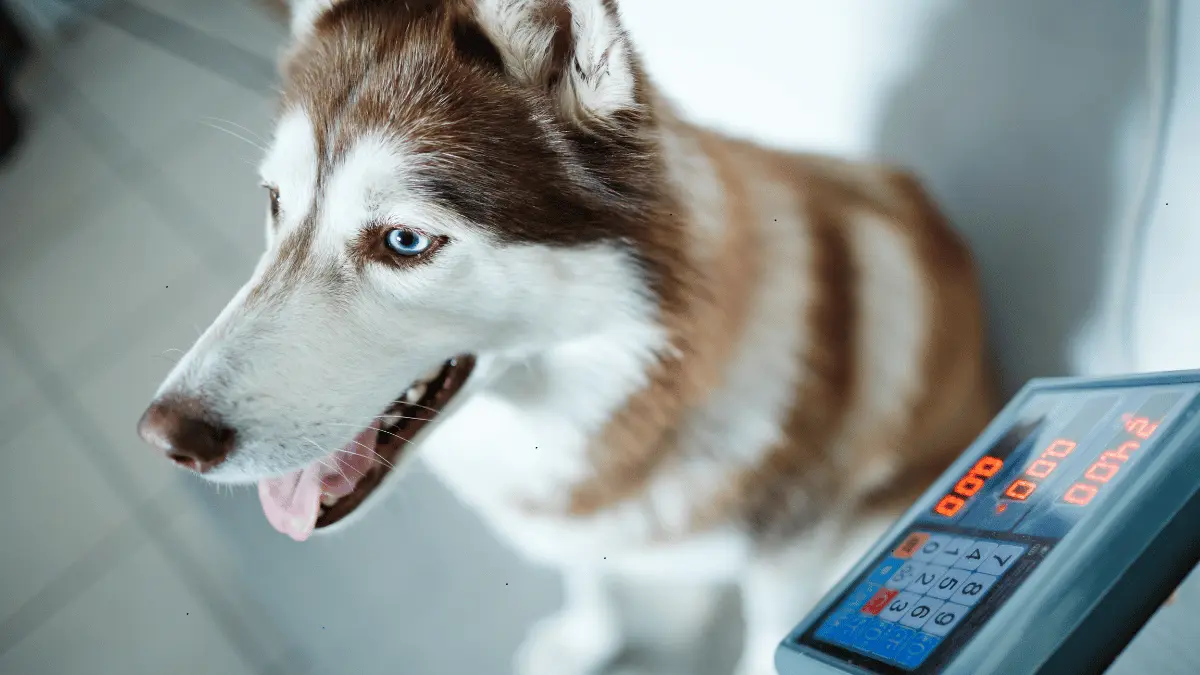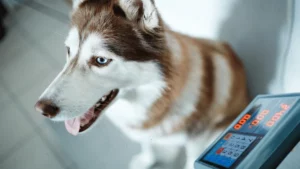Hip Dysplasia and Joint Problem in Dogs
Hip dysplasia is a common orthopedic condition in dogs, often inherited but sometimes caused by environmental factors. It involves the abnormal development of the hip joint, leading to instability and pain. Joint problems in dogs can also arise from other causes, such as arthritis, ligament injuries, and trauma.
Understanding Hip Dysplasia
Hip dysplasia occurs when the ball and socket of the hip joint don’t fit together properly. This misalignment can cause excessive friction, leading to inflammation, cartilage damage, and eventually arthritis. Dogs with hip dysplasia may exhibit symptoms like lameness, difficulty rising, or reluctance to exercise.
Common Causes of Joint Problems
- Hip dysplasia: Inherited or influenced by environmental factors.
- Arthritis: Degenerative joint disease often caused by aging, injury, or underlying conditions.
- Ligament injuries: Tears or sprains of ligaments supporting the joint.
- Trauma: Accidents, falls, or other injuries that damage the joint.
Symptoms of Joint Problems
- Lameness: Difficulty walking or limping.
- Pain: Reluctance to move or play.
- Loss of muscle mass: Atrophy of the affected limb.
- Difficulty rising: Struggling to get up from a sitting or lying position.
- Reduced activity level: Decreased interest in exercise or play.
Diagnosis and Treatment
- Veterinary examination: A thorough physical exam to assess mobility, range of motion, and pain levels.
- Imaging tests: X-rays and sometimes MRI or CT scans to visualize the joint and identify abnormalities.
- Treatment options: May include medication, physical therapy, weight management, surgery (in severe cases), or a combination of these.
Prevention and Management
- Genetic testing: For breeding dogs, genetic testing can help identify carriers and reduce the risk of passing on hip dysplasia.
- Proper nutrition: A balanced diet can support joint health and weight management.
- Regular exercise: Moderate exercise can help maintain joint flexibility and strength.
- Avoid excessive weight gain: Obesity can put extra strain on joints.
- Prevent injuries: Protect dogs from accidents and falls.
Hip dysplasia and joint problems can significantly impact a dog’s quality of life. Early detection and appropriate treatment are essential for managing these conditions. By understanding the causes, symptoms, and available treatments, pet owners can work with veterinarians to provide the best care for their dogs.
Keywords: hip dysplasia, joint problems, dogs, arthritis, lameness, pain, veterinary care, treatment options, prevention, management














